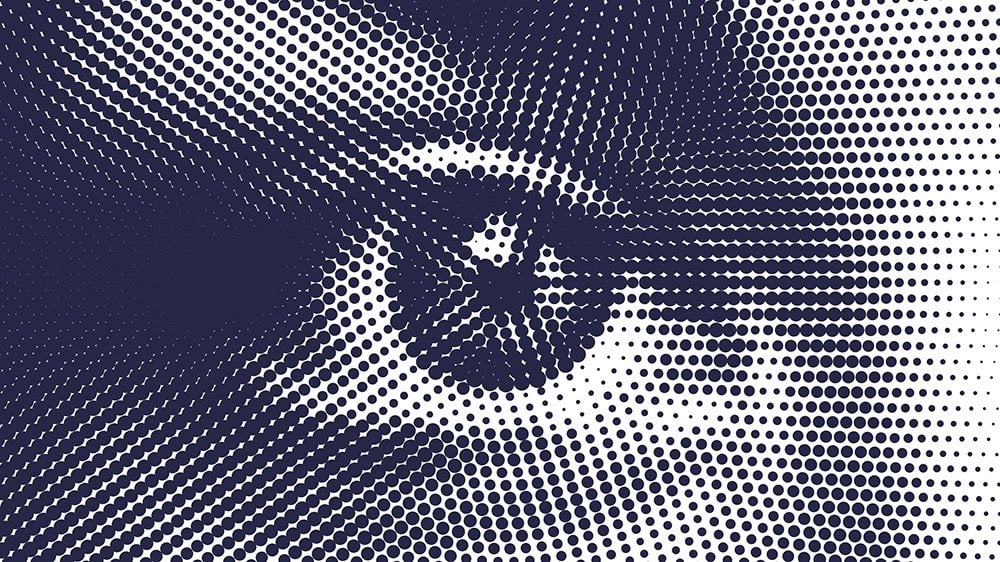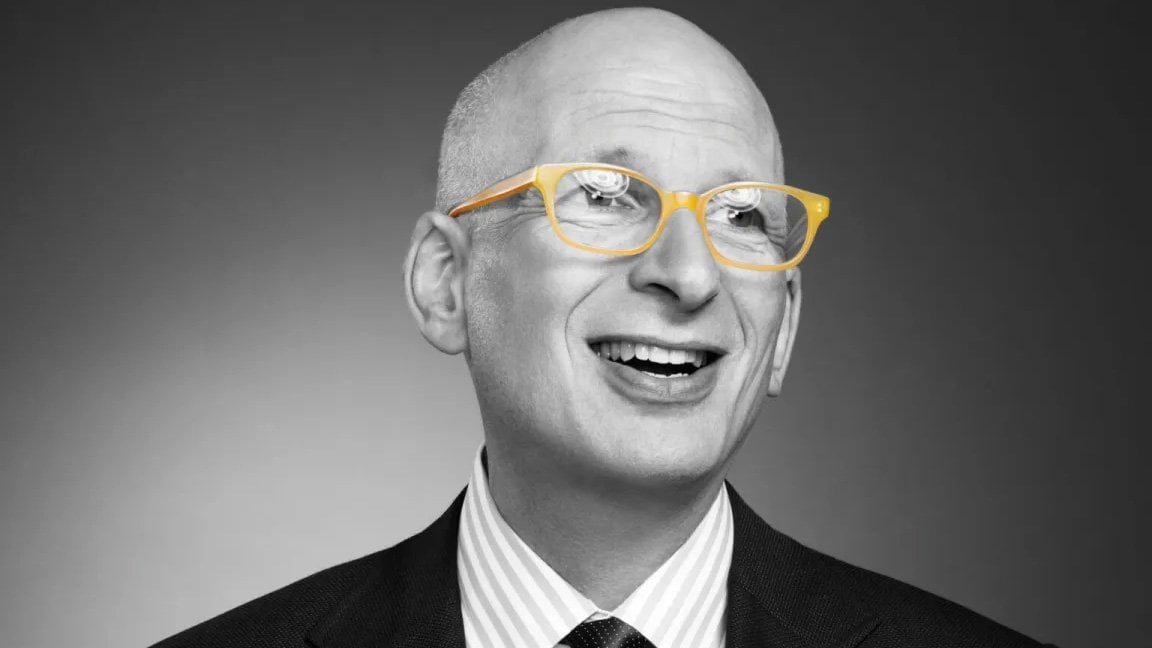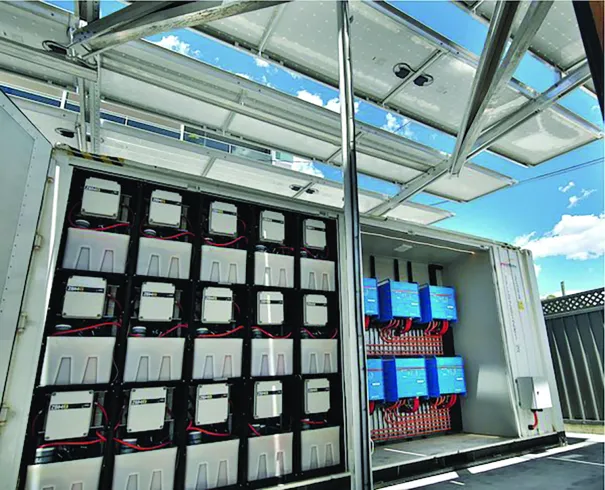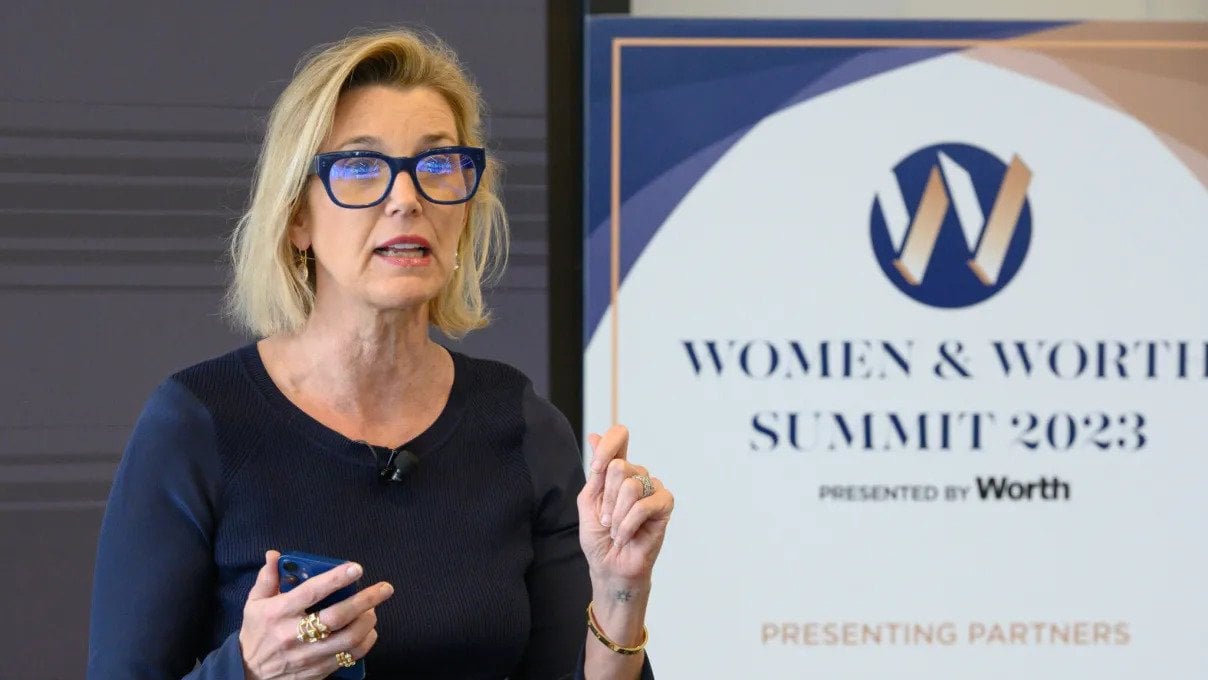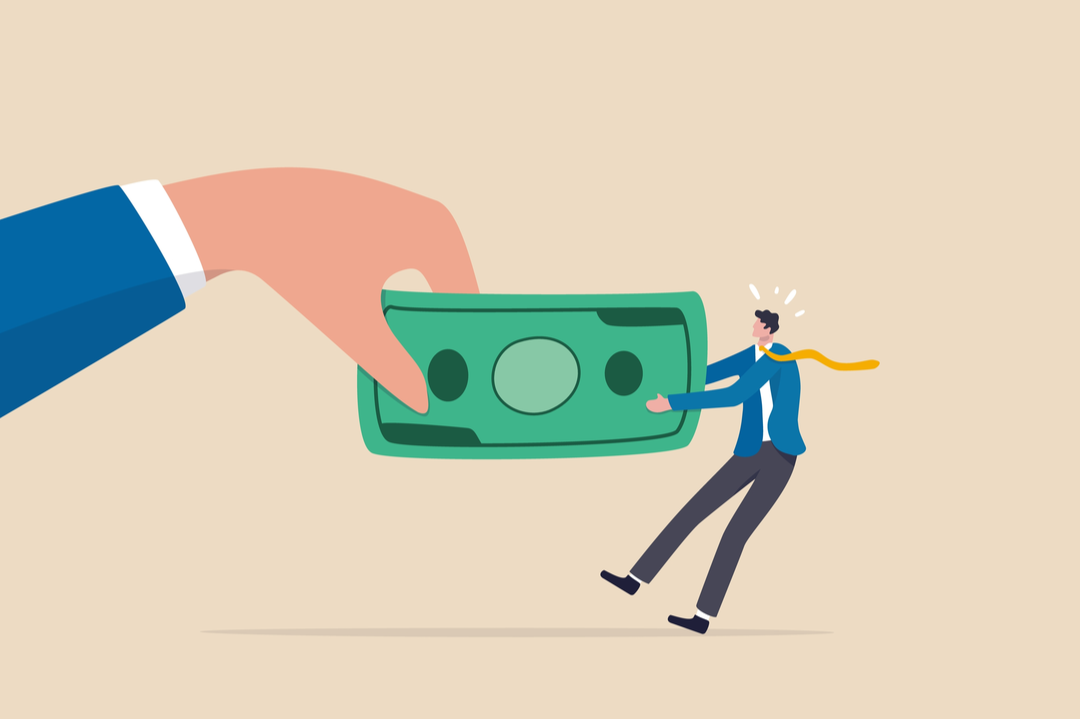It was a classic technology CEO quandary. The medical device company that Susan Hertzberg leads, BrainScope, was ready to bring its device and software to assess mild traumatic brain injury to a wider market. Unlike expensive, radiation-heavy and hard-to-schedule CT scans, BrainScope can help assess the likelihood of a brain bleed in 20 minutes while at the same time providing an assessment of the severity of a concussion. Hertzberg was hesitant to ask the company’s true-blue investors, who had been loyal through 12 years and seven funding rounds, to provide more capital or to further dilute their financial stake. Seeking a way forward, Hertzberg says, she began nonetheless talking with potential equity partners.
During the summer of 2021, a new option presented itself. Aon, a leading global professional services firm that already served as an advisor to BrainScope, introduced Hertzberg to the idea of intellectual property (IP)-based valuation and related non- or minimally-dilutive funding. BrainScope could raise money based on the value of its IP—and lenders could have peace of mind, knowing the asset was valued using Aon’s data-enabled algorithms and insured like any tangible property. After consideration, Hertzberg opted to go down the path of IP-backed lending.

BrainScope and Aon announced a $35 million IP-backed lending arrangement this fall. The funding arrangement provides BrainScope the resources to expand its commercial footprint to reach more hospitals and connect with concussion centers enabling doctors to get rapid, objective insights about the likelihood of brain bleeds and concussions. Further, the “concussion index” capability added earlier this year gives clinicians the first objective, brain-based biomarker tool to track concussed patients, athletes, and military personnel and aid in determining their readiness to return to activity. With 70 million head injuries reported annually around the world, the company will be able to expand globally as well. Next-gen versions of the device show promise in detecting stroke, dementia and depression efficiently.
Aon may be one of the first to help companies articulate and realize the full value of their IP portfolios, but IP looks likely to be a significant focus in 2022. Why now? A more apt question might be, why not earlier? Today, intangible assets account for 90 percent of the value of the S&P 500 (and 90 percent of the value of Fortune 500 companies), according to a report from Ocean Tomo. Translation: That’s $20 trillion plus in the S&P case. Then there’s the explosion in intellectual property that’s taken place in the past 30 years. To put the acceleration in context, it took more than a century for the U.S. Patent office to record its millionth patent, but just three years for it to go from 9 to 10 million, which happened in 2018. Lewis Lee, a longtime patent attorney who heads Aon’s IP Solutions, puts it this way: “If data is the new oil, IP is the new gold.”
Yet the financial landscape has been slow to change. Much of the problem has been that IP is harder to put a cash value on compared to, say, real estate or product inventory. But Aon’s solution, which is “developing the ability to measure IP at scale” in Lee’s words, is changing that. “Our platform aggregates not only intellectual property data but also financial data. We look at risk data, we look at litigation data, we look at licensing data and then we use a series of algorithms to understand those in a material way.” AI, machine learning and natural language processing are put to use in the technique. The result not only presents a stronger assessment to funders and insurers of a company’s IP’s value, but ties it to revenue streams and shows how the two will only become more inextricable.

Skeptics might ask, how are lenders going to protect themselves if, say, a copyright infringement or cyber security breach occurs? Insuring a building against a fire is one thing, admits Lee. Losing a key trade secret can be the end of a business forever. But again, he points to valuation. If you can put a monetary value on something, it can be insured—and Aon was able to “wrap” the deal for BrainScope with “a collateral protection insurance wrapper.” Further mitigating risk, he continues, is that clients appear very motivated to deliver on their profit promises in this lending configuration. “All they really have for value is their IP. They’re loath to lose it, so it would be very reasonable to expect that they’re going to do their best to make good on these loans.”
The first companies to use Aon’s new valuation tools and capital solution, which include eco-minded agritech Indigo Ag and razor company Shavelogic, show signs of success. Hertzberg says Aon’s combination of nimbleness—BrainScope’s IP report, which establishes the scope and value of the portfolio, was completed in record time—with industries-spanning business expertise makes it an ideal collaborator. “They’re insuring health systems, they’re in the personal injury market, in corporate wellness and workers compensation [so they’ve become] a strategic partner who’s going to help me actually grow this business.” Here’s a solid indicator of the potential for this new lending arrangement: Aon is developing its own proprietary lending solution to help support this business. Today the company works with a multiplicity of lenders and borrowers, totaling in the multibillions on both sides, who want to partake in the new lending model. “It makes sense,” says Hertzberg. “If you think about intellectual property and how much that’s the driving force behind so many different kinds of businesses today, it’s kind of a gem. They’re finding ways to unlock that value to create more value. I don’t think that trend is going to go away. I think it’s going to accelerate.”



